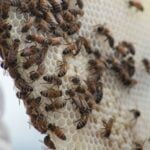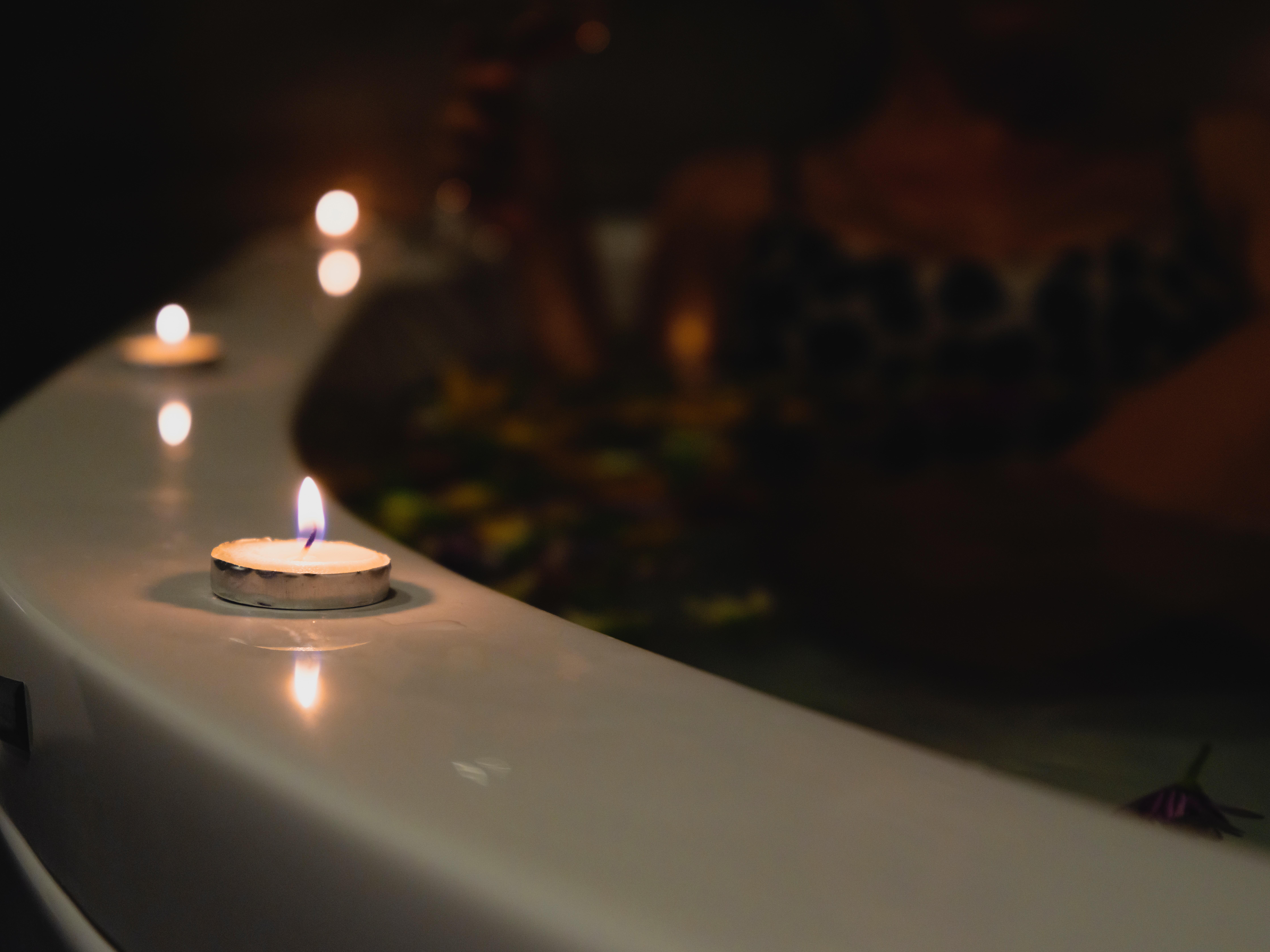Are you ready to experience smooth, hair-free skin? Before you dive into your next waxing session, it’s crucial to prioritize your safety. Waxing may seem like a simple beauty treatment, but there are essential precautions that every client should be aware of. In this article, we will explore the world of waxing safety and provide you with expert tips to ensure a comfortable and risk-free experience. Whether you’re a seasoned waxing enthusiast or a first-timer, these safety precautions are a must-know to protect your skin and achieve the best results. So, let’s delve into the essential waxing safety tips and make your next appointment a breeze!

Waxing Safety Precautions
As an experienced and knowledgeable esthetician, I understand the importance of prioritizing client safety during waxing treatments. Whether you’re a seasoned professional or a DIY enthusiast, it’s crucial to follow proper waxing safety precautions to ensure a comfortable and risk-free experience. Let’s explore some essential tips to keep in mind:
Proper Hygiene
Maintaining good hygiene is fundamental in any esthetician’s practice. Before and after each waxing session, it is essential to wash your hands thoroughly. This simple step helps prevent the spread of bacteria and reduces the risk of infection. Additionally, wearing gloves is crucial if there is a potential for exposure to blood or bodily substances, further protecting both you and your clients.
Avoid Waxing on Certain Conditions
To safeguard your clients’ well-being, it’s vital to avoid waxing on specific areas. Do not perform waxing on inflamed, irritated, lesion-covered, or wounded skin. This precaution helps prevent further irritation or damage to the skin. Additionally, refrain from waxing over warts, moles, eyelids, nostrils, or other skin growths, as these areas are sensitive and can be easily injured during the process.
Maintain Cleanliness and Standard Procedure
To ensure a safe waxing experience, it’s important to maintain cleanliness throughout your workspace. Before each treatment, check the wax pot and rollers for cleanliness and make sure they are free of excessive wax drippings. This helps avoid any potential contamination. Following standard procedures and guidelines, such as proper disinfection and sanitation, adds an extra layer of safety and reassurance for your clients.
Hair Length and Pre-Waxing Preparation
Achieving optimal hair length is essential for a successful waxing session. Advise clients to trim their hair to a length of one-fourth to three-fourths of an inch before their appointment. This ensures that the wax adheres properly and prevents unnecessary discomfort during the process.
It’s also important to advise clients to avoid using retinoid creams or any other exfoliating products on the area to be waxed prior to their appointment. These products can make the skin more sensitive and prone to irritation during the waxing process.
“Maintaining cleanliness and adhering to standard procedures are crucial. Remember to regularly check your waxing equipment for cleanliness, as clients value cleanliness and hygiene in their esthetician.”
Seek Reputable Sources for Guidance
As an esthetician, it’s vital to stay updated on best practices and guidelines for waxing safety precautions. Refer to reputable sources such as health.nsw.gov.au, sassiagency.com, barbercosmo.ca.gov, and aad.org for comprehensive information and guidelines. These sources provide valuable insights into proper techniques, contraindications, and additional safety tips to ensure the utmost care for your clients.
“By seeking guidance from reputable sources, you equip yourself with the knowledge needed to provide top-notch waxing services with the highest regard for client safety.”
Remember, implementing these waxing safety precautions should be at the forefront of your practice as an esthetician. By prioritizing hygiene, avoiding certain conditions, maintaining cleanliness, offering proper pre-waxing guidance, and seeking guidance from reputable sources, you demonstrate your commitment to client safety and comfort throughout the waxing process.
Note: The content provided above is not an exhaustive list of all waxing safety precautions. Always refer to professional guidelines and consult with licensed professionals for specific concerns or conditions related to waxing safety.
Waxing Examples are essential for anyone who wants to achieve smooth and hair-free skin. Whether you’re a professional esthetician or a DIY enthusiast, having access to a range of waxing examples can greatly enhance your skills and knowledge in the art of hair removal. From basic leg waxing to advanced bikini waxing techniques, our comprehensive collection of waxing examples will provide you with step-by-step instructions and tips to achieve flawless results.
Explore our waxing examples library by clicking here: Waxing Examples. Prepare to be amazed by the versatility and effectiveness of various waxing methods as you discover new techniques and gain inspiration for your next waxing session. Say goodbye to unwanted hair and hello to silky-smooth skin with our extensive range of waxing examples. Get started now and become a waxing expert in no time!
FAQ
Question 1
What are some important waxing safety precautions to follow?
Answer 1
To ensure a safe waxing experience, it is important to follow these precautions:
– Wash hands before and after waxing and wear gloves if there is a risk of exposure to blood or bodily substances.
– Avoid waxing on inflamed, irritated, lesion-covered, or wounded areas, as well as on warts, moles, skin growths, eyelids, or nostrils.
– Check if the wax pot and rollers are clean and free of excessive wax drippings.
– Trim hair to an optimal length of one-fourth to three-fourths of an inch and avoid using retinoid creams before waxing.
Question 2
Where can I find more information and guidelines on waxing safety precautions?
Answer 2
For more in-depth information and guidelines on waxing safety precautions, you can refer to reputable sources such as:
– health.nsw.gov.au
– sassiagency.com
– barbercosmo.ca.gov
– aad.org
Question 3
Why is it important to wash hands before and after waxing?
Answer 3
Washing hands before and after waxing is crucial to maintain hygiene and prevent the spread of bacteria or infections. Clean hands help reduce the risk of contamination and promote the client’s safety and well-being during the waxing procedure.
Question 4
Can I wax on any part of my body?
Answer 4
No, it’s important to avoid waxing on certain areas of the body to ensure safety and prevent potential damage. It is not recommended to wax on inflamed, irritated, lesion-covered, or wounded areas, as well as on warts, moles, skin growths, eyelids, or nostrils.
Question 5
How should I prepare my hair before waxing?
Answer 5
Before waxing, it is advisable to trim your hair to an optimal length of one-fourth to three-fourths of an inch. This length allows for effective waxing without excessive pulling or discomfort. Additionally, it is best to avoid using retinoid creams on the waxing area, as they can increase skin sensitivity.
- Georgia Platform: A Southern Strategy, 1850s - March 31, 2025
- How many weeks is 40 days: Quick Conversion Guide for Accurate Results - March 31, 2025
- How many feet is 300 meters? 984 Feet: Understand Length Conversions Easily - March 31, 2025
















